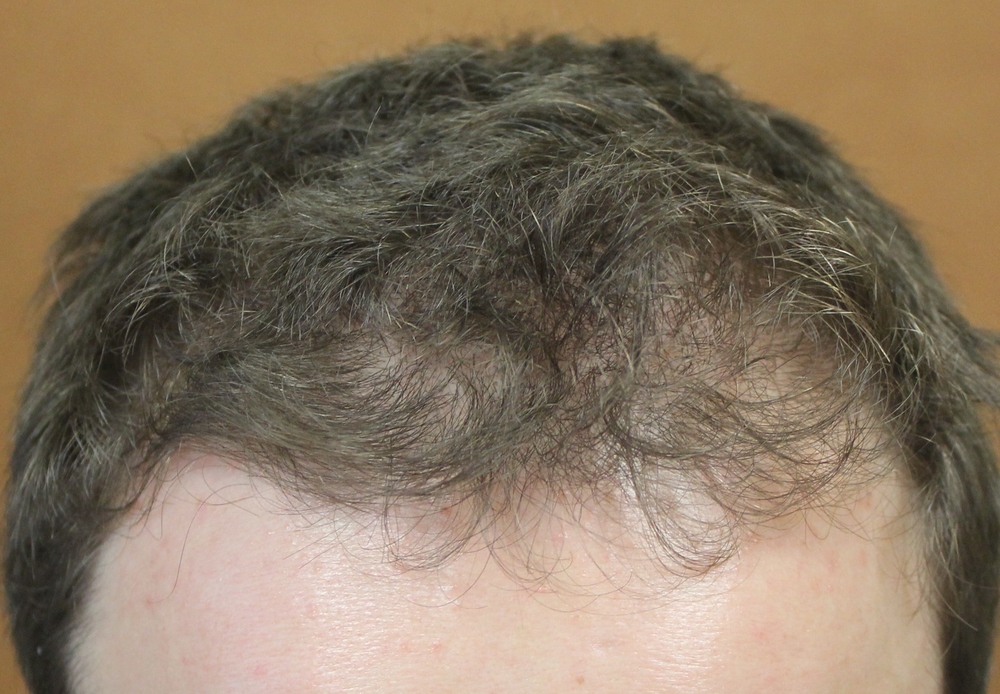Minoxidil and the cat
Minoxidil is Toxic to Cats
Minoxidil is FDA approved for treating male and female androgenetic alopecia. It has been studied in humans for over 35 years.
However, it is not well known among users of minoxidil that minoxidil may have a unique toxicity to cats. That is not to say that cat owners can not use minoxidil - but important lessons come from a 2004 study in the veterinary literature.
DeClementini and colleagues reported 2 cats who died after their owners applied minoxidil to areas of hair loss on the cat. The first cat was a 3 year old cat had just one drop applied to an area of hair loss . That cat had trouble breathing, high heart rate, water in the lungs (pulmonary edema and pleural effusion) and showed increased liver enzymes. The cat died 15 hours later.
The second cat was a 7 year old cat and the owners applied an unknown amount of 5 % minoxidil solution to an area of hair loss and left the home for three days. Upon returning to the home, the owners found the cat also having difficulty breathing. Veterinarians confirmed pulmonary edema and pleural effusions. That cat died 10 hours later despite supportive care.
These are important lessons. Minoxidil must not be applied to cats and cats should not have the opportunity to play with the hair of owners who have applied minoxidil for their own hair loss. Most of what is needed though is just common sense. It is possibly to have a cat and have minoxidil users in the home.
Minoxidil may be uniquely toxic to cats and less toxic to other pets like dogs. A 1997 study involved the application of 3 % minoxidil to hairless puppies (descendants of Mexican hairless dogs) for 31 days. Side effects were not observed. However, minoxidil should never be applied to any animal.
Reference
Suspected toxicosis after topical administration of minoxidil in 2 cats. Journal of Veterinary Emergency and Critical Care 2004; 14:287-292
This article was written by Dr. Jeff Donovan, a Canadian and US board certified dermatologist specializing exclusively in hair loss.


